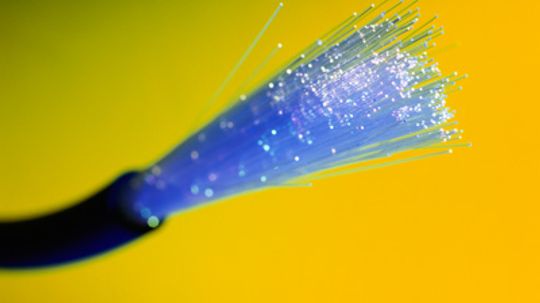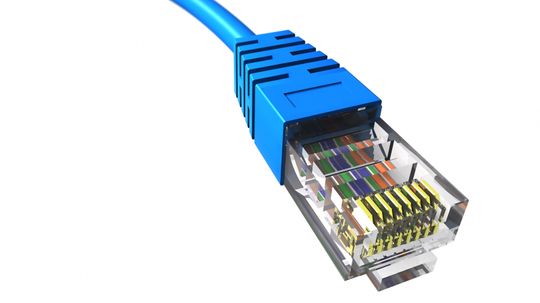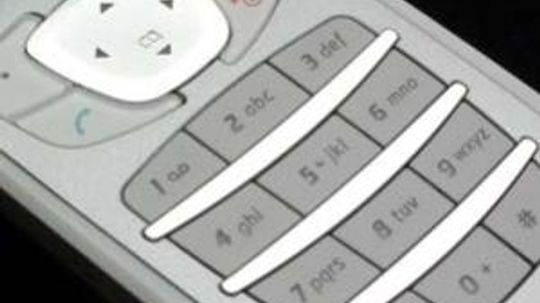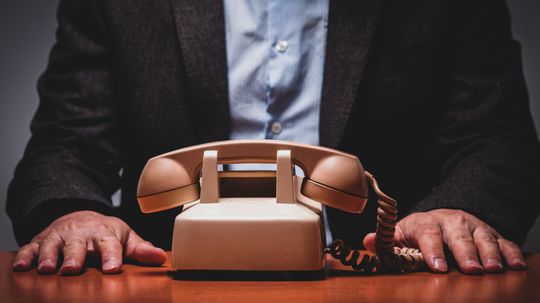Phones, Cell Phones & Wireless Telephony
Telecommunications devices, including cell phones, satellite radio or Voice over IP, connect us to one another and to the world of information at our fingertips. Learn all about the technologies we depend upon for efficient communication.
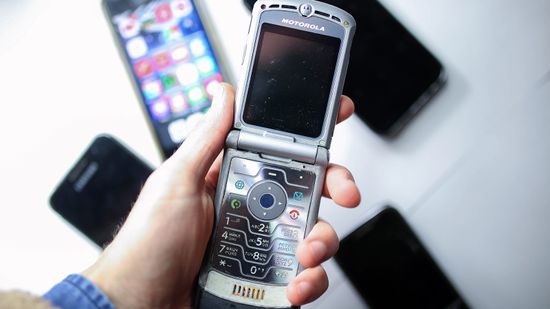
What’s Been the Best Selling Phone in the World?

Who Called Me From This Phone Number? Need-to-know Tips
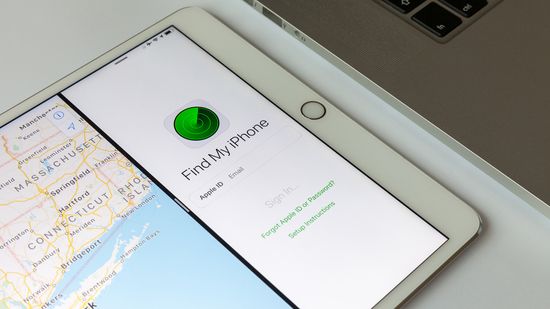
How to Track a Phone When It's Lost or Stolen

You Track the Weather. Does Your Weather App Track You Back?

How Cash App Works

How to Fake a GPS Location on Your Phone
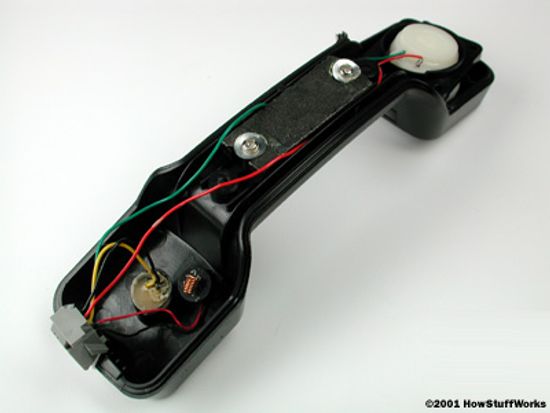
How To Tell if Your Phone Is Tapped
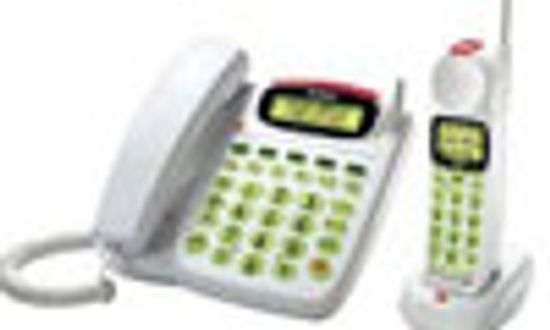
How do digital answering machines work?
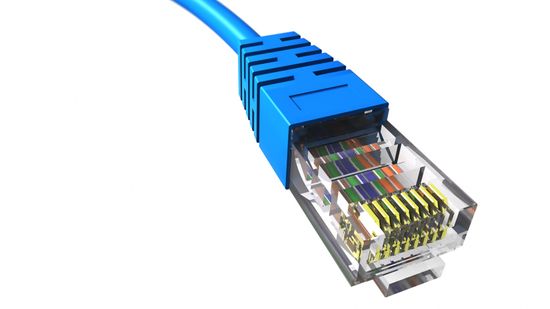
What do the yellow and black wires in a home telephone jack do?
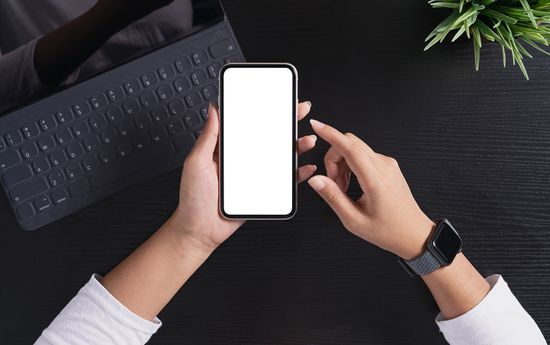
Will the U.S. Ever Run Out of Telephone Numbers?
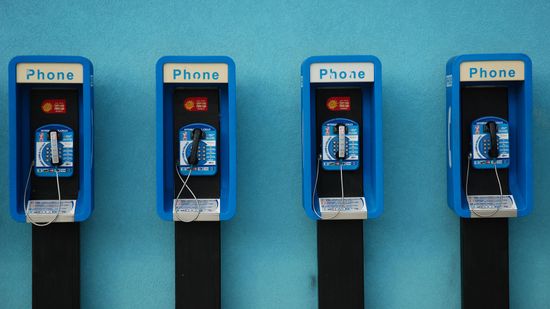
Remember Pay Phones? Philly's Bringing Them Back for Free
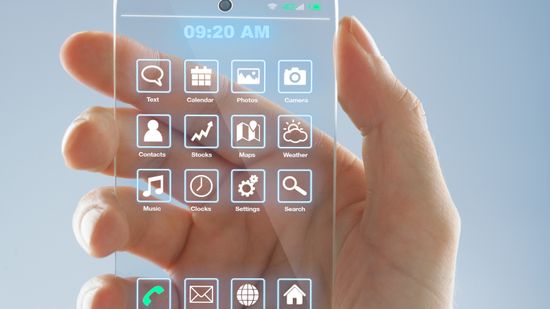
12 Futuristic Features Coming Soon To Smartphones

LTE Meaning: Understanding the Cell Phone Technology
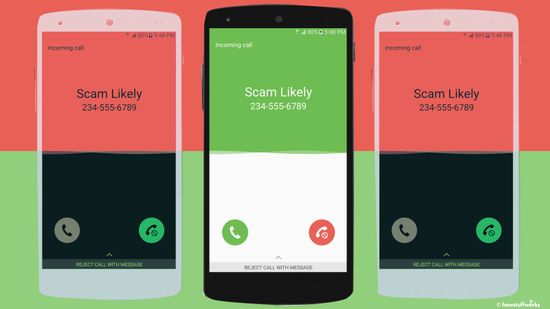
How Does My Phone Company Know a Call Is From a Scammer?

How Bluetooth Works
Learn More / Page 5
The most useful thing to know about the Global System for Mobile communications (GSM) is that it is an international standard. If you travel in Europe and many other parts of the world, GSM is the only type of cellular service available.
By Marie Look
Nextel phones offer a service called Direct Connect that allows you to push a single button and connect with another Nextel user. Find out how this "walkie-talkie" feature works.
Cell phones have completely changed the way we communicate with one another. These days, they're as common as keys. But what makes them tick?
By Marshall Brain, Jeff Tyson & Julia Layton
Advertisement
How does caller ID work on a telephone? It turns out that the process of making the caller ID display possible is remarkably simple at your end of the line.
Over the last 20 years or so, fiber optic lines have taken over and transformed the long distance telephone industry. Optical fibers are also a huge part of making the Internet available around the world.
If you have underground phone wiring in your neighborhood, rather than pole wiring, you will frequently see these little boxes all over your neighborhood -- one for every two or three houses or so.
I have both a pager and a cell phone that vibrate instead of ringing when I get a call. How does that work?
Advertisement
When you make a long-distance call, there is an amazing amount of technology working to make your call happen. To understand the computerized systems used today, it's helpful to go back in time and look at how long-distance calls were first routed.
With all the different colored wires used in communications, what do the yellow and black wires in a home telephone jack do?
What exactly are the components of a digital answering machine? How does voice get recorded? And then, how is it played back on demand?
You're probably well-aware of the restrictions related to cell phone and laptop use on airplanes. But do you know exactly why they're in place?
Advertisement
It's possible and relatively easy for someone to tap into your phone line or cell phone. With a few tips, it's also easy to tell if someone tapped your phone.
There are two popular digital systems in the United States. One is generically known as "digital service," and the other is clearly branded as "PCS."
I've been looking at cordless phones and have noticed that this area has gotten fairly complicated! For example, what is the difference between 900 MHz and other systems?
Digital spread spectrum (DSS) technology has its roots back in World War II and has evolved into the technology of choice for the cordless phone. Cordless phones are now truly "ready for prime-time" thanks to affordable DSS technology.
Advertisement
One of the relative miracles of modern times is the reliability of the phone system. The power goes out fairly often for most people, but your telephone is always working (as long as you pay the bill). Why is that?




